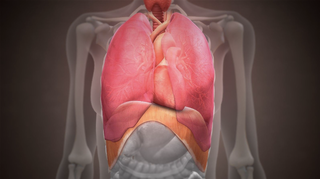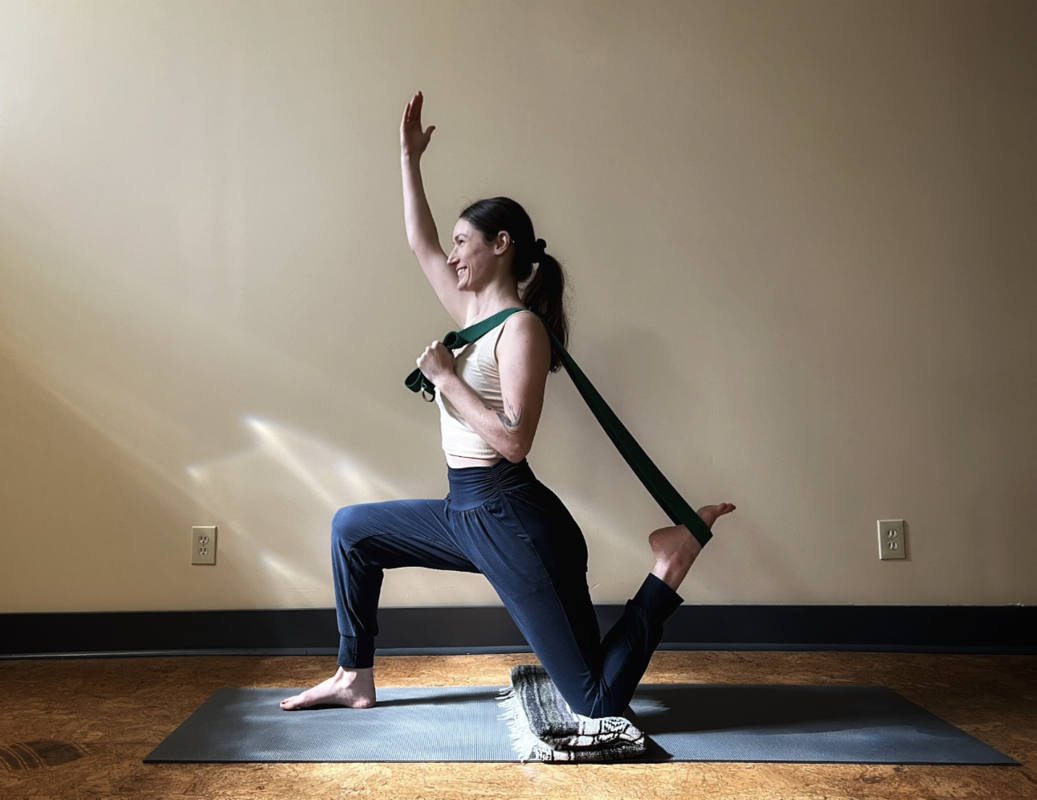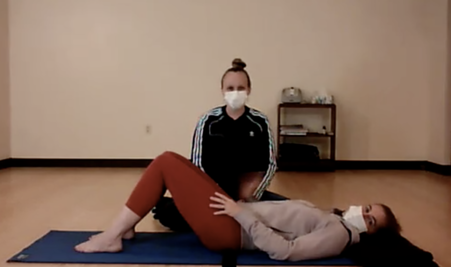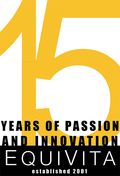However, biomechanics is also how you can focus your exercise for aesthetic gains like developing a peak to your biceps or raising the height of your glutes. And biomechanics is also how you can modify performance like changing the speed you run.
Running speed is a simple equation:
Length of stride x Frequency of stride = speed
Both of these factors are pretty simple and it seems fairly straightforward. The amount of distance you cover with each stride and the faster each leg covers that distance, the greater your speed. But, as your foot extends in front of your body the ground strike force pushes against your foot and against the momentum of forward movement and the further in front of your body the more directly this force pushes against the direction you are moving.
One way to counter this slowing force is to reduce the amount your leg is extended, but this obviously reduces your stride length. Some of this loss, but only some, can be regained by focusing on pushing the rear leg behind you more. Another way to change this equal-and-opposite force that is hindering your forward movement is by changing the position that your leg is in when you strike the ground. Having your knee more bent when your foot strikes the ground directs the force of impact in a more vertical direction and less against the forward movement. The extreme of this gait is the position that is used by sprinters and is the way to generate maximum speed for short periods of time.
So, those are three different gait patterns that each have their own stress forces to the body, positive aspects and limitations: extension in front, extend behind and with greater knee bend. If you are running for distance, I recommend that you use all of them and change your gait as you are running. This will change the way your muscles are working and disrupt repetitive forces to your body.
And while walking has its own gait patterns, and usually less force, there are some similarities not the least of which is that your body is actively trying to find an easier way and using consciously different gaits will decrease your body’s ability to leverage on joints and increase your benefits.
As always, let me know how I can help.
Adam




 RSS Feed
RSS Feed
